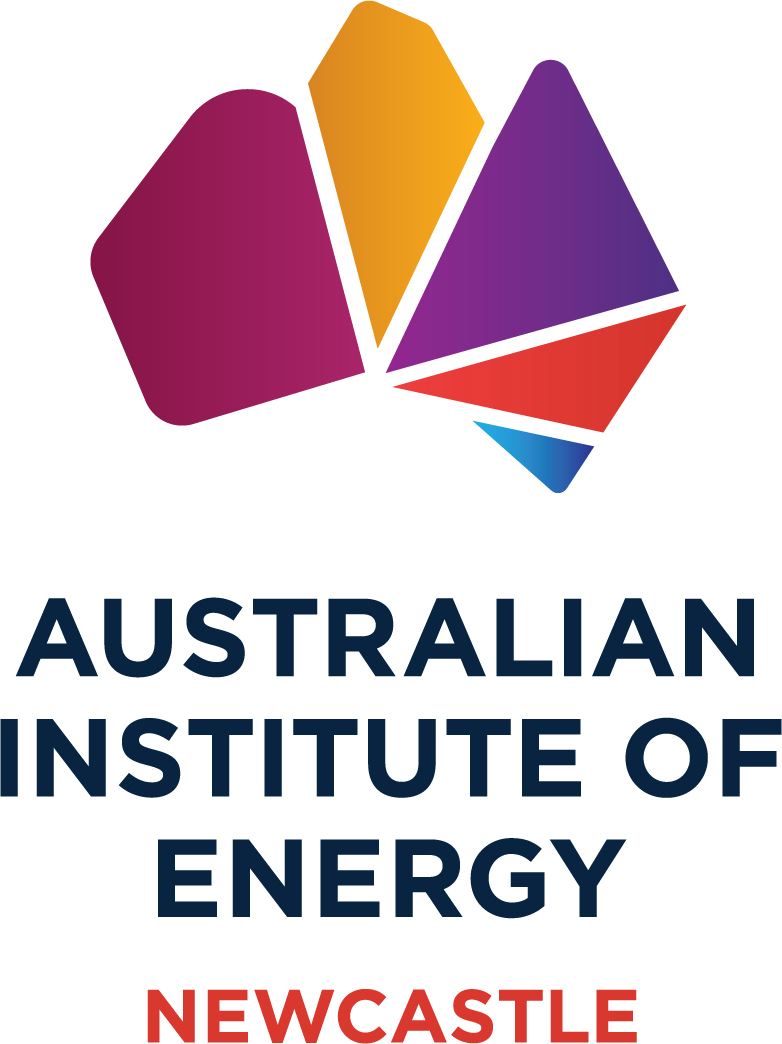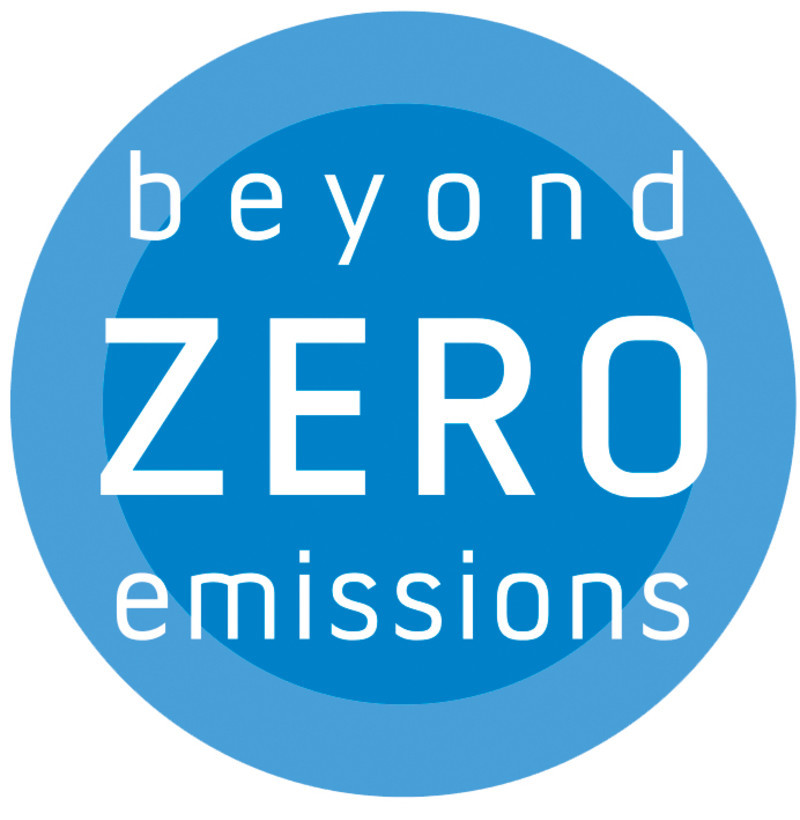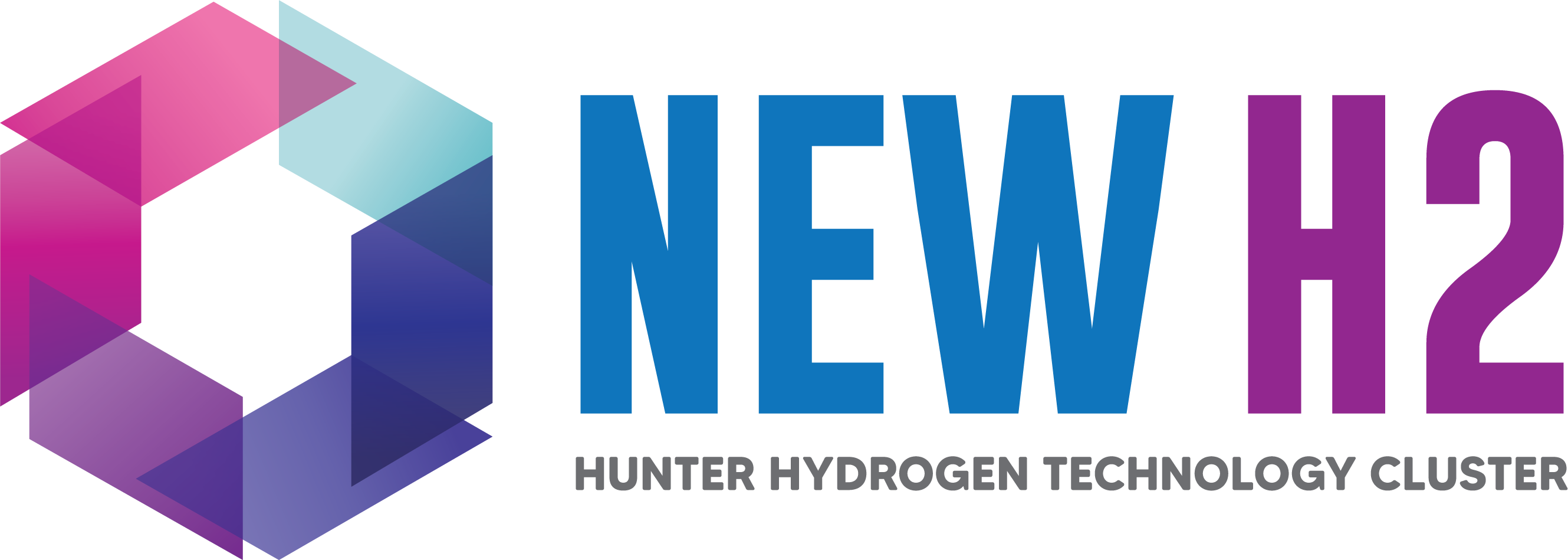Delivering the grid of tomorrow
Integrating distributed energy resources for the grid of the future: Economic regulatory framework review 2019

Rooftop solar penetration has reached the point where a choice needs to be made between distribution networks spending billions on new substations and poles and wires to cope – or start delivering the grid of the future so consumers aren’t landed with unnecessary costs.
In a new report out today the Australian Energy Market Commission (AEMC) has called on distribution network businesses to lead implementation of major reforms urgently to open the way for renewable energy and avoid the need for significant new network investment.
The report, Integrating distributed energy resources for the grid of the future, was published as part of the AEMC’s 2019 Economic regulatory framework review.
Releasing the report AEMC Chairman John Pierce said networks were increasingly cutting solar PV flows off from the grid because of the power system’s inability to connect new technologies.
“We need electricity networks to become trading platforms where consumers are the drivers of change,” Mr Pierce said.
“We are already seeing more take-up of distributed energy resources like batteries, electric vehicles and smart appliances. They can smooth peak demand on the grid and help stabilise the power system – making the most of all the energy in the system, wherever it’s produced or stored.
“A grid-enabled trading platform will open up a whole new world of opportunities for households and businesses – providing payments for services like frequency control and network support to make the power system stronger and enable higher levels of domestic demand response.
“But escalating penetration of rooftop solar; industry-wide failure to comprehensively introduce cost-reflective customer reward pricing; lack of network visibility of low voltage network constraints; and inadequate technical network standards and compliance; are combining to reduce system security and efficiency,” Mr Pierce said.
The AEMC distributed energy resources blueprint identifies initiatives that can be implemented starting immediately and sharpens focus on reforms already underway that need to pick up speed. There are 10 key actions to deliver distribution networks that will work for the future through an integrated program with all the market bodies and the Energy Security Board.
“There are serious choices to be made. To keep building traditional infrastructure and passing on those costs to consumers or get on with the job of implementing reforms to increase access to the network for new solar connections; to improve reliability and security while that happens; and to avoid gold-plating,” Mr Pierce said.
“Consumers are already doing their part and investing in their own rooftop energy generation but distribution networks are not moving quickly enough to realise the value of those investments,” Mr Pierce said.
“Where new rules are required to accelerate change we will push ahead with proposals for new distribution network pricing, access and connection arrangements if proponents don’t start that process themselves by early next year. We won’t stand by and allow the current situation to continue.
“Failure to act now would mean either fewer people are able to export solar to the grid, or all consumers will pay more to build new substations and poles and wires that are rarely needed.”
The AEMC’s Grid of the future program identifies implementation pathways to make distribution networks fit for the future. These include:
- Distribution networks and the Australian Energy Regulator (AER) to focus on implementing cost-reflective network tariffs which reward customers who have invested in solar PV for using and storing electricity in ways that help the grid work most efficiently. The need for costly augmentation of the grid is reduced by making sure price incentives encourage consumers to export their excess energy back to the grid when it is most valuable. Networks and retailers have been able to do this since new rules were made in 2014. By keeping flat tariffs in place they are failing to give consumers the incentive to charge batteries or electric vehicles at times that reduce both energy bills and load on the grid.
- Distribution networks to improve visibility of loads and voltages on low voltage distribution networks (between homes and substations) so existing and future constraints can be identified and addressed. The AEMC has found distribution networks have very limited information on real time loads and voltages downstream of the zone substations, making it difficult to determine where local constraints exist or where they are likely to develop in the future. This in turn makes it hard for network businesses to find optimal solutions for alleviating these constraints.
- Rule change requests from distribution networks or other stakeholders in relation to possible improvements in managing network operational information and system security supports. We are also collaborating with St Vincent de Paul Society Victoria and the DEIP access and pricing working group to reform network charging arrangements in light of the changing relationship between consumers and the power system. Instead of paying only for energy consumed, customers would pay for access to the services they need through the network and be rewarded where they can provide services back to the grid. The total revenue networks can earn would continue to be regulated, with lower total network costs.
- Market bodies (AEMC, the Australian Energy Market Operator (AEMO), AER) with Australian Renewable Energy Agency (ARENA), consumer groups or Standards Australia to accelerate developing technical standards and information provision to support the integration of solar and other distributed energy in the grid. This includes:
- developing new AER guidelines for the evaluation of revenue proposals from distribution businesses for projects to better integrate distributed energy resources
- monitoring the roll out of smart meters, including a review into competition in metering arrangements. Smart meters provide more granular data that helps with managing energy use and the operation of distributed energy resources.
- identifying distribution businesses’ future data requirements, including additional meter data that should be collected
- developing a standard ’value of customer export’ methodology to help identify where building more network capacity will provide greater overall benefits for consumers
- improving understanding of the information customers need about their distributed energy resources
- coordinating work across industry on the technical aspects of integrating distributed energy resources.
- Jurisdictional governments and safety regulators to develop mechanisms to improve distributed energy resources’ compliance with technical standards.
“It is very costly to invest in generation and network infrastructure when it is only used for a few hours each year to service peak demand.
"By more efficiently using the energy produced by distributed energy resources, and by encouraging consumption and storage of energy when it is cheapest, both power bills and demand on the electricity network can be reduced,” said Mr Pierce.
“That’s why the ability for customers to choose to reduce demand in a manner that is suitable to them is such an effective part of the energy market’s toolkit,” said Mr Pierce.
The AEMC will monitor progress on our recommendations as part of our annual review of the economic regulatory framework.













